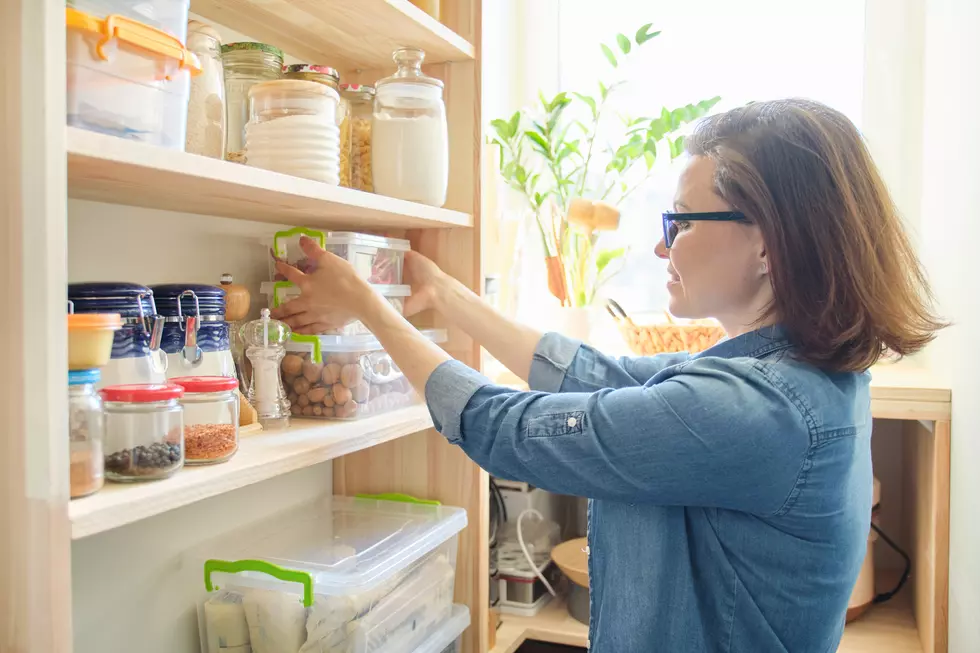
12 Healthy Quarantine Cooking Tips Using Pantry Staples
The quarantine brought on by the COVID-19 pandemic means we’re all making more meals at home. But, we also have the challenge of not being able to run out to the store to pick up ingredients for our favorite meals.
Not to worry. Here are 12 tips for cooking healthier meals with the items you have in your pantry and refrigerator, courtesy of Shaun Segal, Registered Dietitian—Virtua Nutrition:
- First, write down an inventory of what ingredients you have in the pantry so you know what you have (e.g. canned meats or vegetables, frozen food/vegetables, flour, cooking oil, cooking sprays and seasonings).
- Take an inventory of the perishables in the refrigerator that you need to use before they go bad.
- Download a recipe app like Allrecipes, Simply Recipes, or Epicurious, or go on a recipe website, then search recipes that use the ingredients you have on hand.
- If a recipe calls for an ingredient you don’t have, be creative and substitute something on your list (see #1). It could become a new family favorite.
- Take your creativity to the next level: If you don’t have traditional ingredients, make up a new dish like pumpkin chili, baked salmon cakes, canned chicken stew, and shepherd’s pie.
- Employ cooking methods that use less fat: bake, broil, grill, braise or boil.
- Consider dishes like chili, stew, and soup that allow for a longer cooking time, which intensifies flavor so you won’t miss the fat.
- Add vinegar to boost flavor while still keeping total calories, sugar, and fat low. Use it to finish dishes or as part of a marinade. It’s also great for sauces and dressings.
- Experiment with spices to add a ton of flavor without fat, sugar, or calories.
- Satisfy your sweet tooth by substituting the oil in a boxed cake/brownie mix for applesauce or pureed pumpkin. You even can make delicious, fiber-packed fudgy brownies using a box mix and pureed black beans.
- If/when you venture to the store, stock your pantry with healthier items like low-sodium broths, canned vegetables and meat in water or natural juices, healthier oils (olive, avocado, and canola), vinegars, spices, nuts and nut butter, whole-wheat flour, sugar substitutes, and honey. If you have meats in oil or fruit in syrup, simply drain them well to limit added fat or sugar.
- If your store is out of canned and frozen foods, buy fresh vegetables and fruit. Then clean, prepare, and freeze them. You can keep fresh vegetables frozen for at least one to two months.
When the quarantine is over, you may find that you have a broader base of cooking skills and creativity to carry into future dishes. If not, you can join me and other Virtua registered dietitians (again, after the quarantine is lifted) in our monthly cooking demonstrations, where we teach you how to use healthy ingredients to make delicious meals.
To learn about future cooking classes and other healthy eating ideas, subscribe to Virtua’s Good Vibes monthly newsletter.



